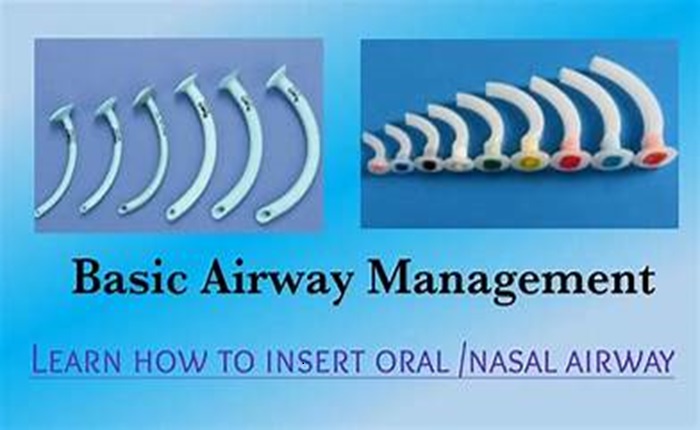Airway adjuncts are a class of equipment designed to assist practitioners maintain a patent airway during sedation and or emergency situations. Nomenclature exists to help distinguish between the different types. There are simple upper airway devices, supraglottic airway aids, and infraglottic airway aids, and endotracheal tubes as well as aids to secure the airway with an endotracheal tube. While there is a range of products to choose from, they all require some understanding, practice, and experience that is essential to gain prior to employing in an emergency or urgent situation. The DSTAR sedation course covers these airway tools and you can practice using them in the live in person sessions.
The DSTAR sedation course covers these airway tools and you can practice using them in the live in person sessions.
Simple Upper Airway Devices
Simple upper airway adjuncts are utilized to help maintain a patent airway, providing unobstructed air flow to the lungs, either via spontaneous ventilation or Bag Valve Mask ventilation (BVM). Often used as rescue techniques/devices when unable to intubate with standard techniques and difficult to mask ventilate. The two most common and familiar are the Oral Airway (OA) and the Nasal Airway or nasal trumpet. They basically work by stenting open the obstruction in the upper airway which invariably occurs with a reduced level of consciousness, unconsciousness, and general anesthesia, when the base of the tongue falls backwards against the posterior pharyngeal wall in the supine patient. Oropharyngeal airway placement requires absent gag reflex while Nasopharyngeal airway may be used with an intact gag reflex.
The standard oral or oropharyngeal airways are rigid plastic tubes which are shaped according to the outline of the hard and soft palate as well as the tongue. They have a flange that should rest against the patient’s lips and prevent the device from being inserted too deeply into the mouth. Most manufacturers adhere to a standardized color-coding system of sizes. The typical adult sizes are green (80mm), yellow (90mm), and red (100mm) by increasing size. and treatment planning.
 Take Free TSBDE Anesthesia Jurisprudence Practice Exam Now!
Take Free TSBDE Anesthesia Jurisprudence Practice Exam Now!












